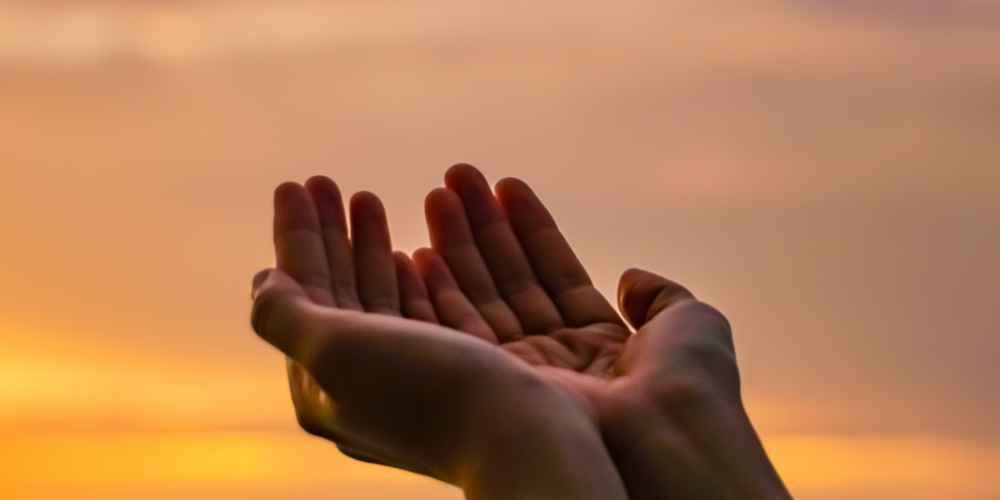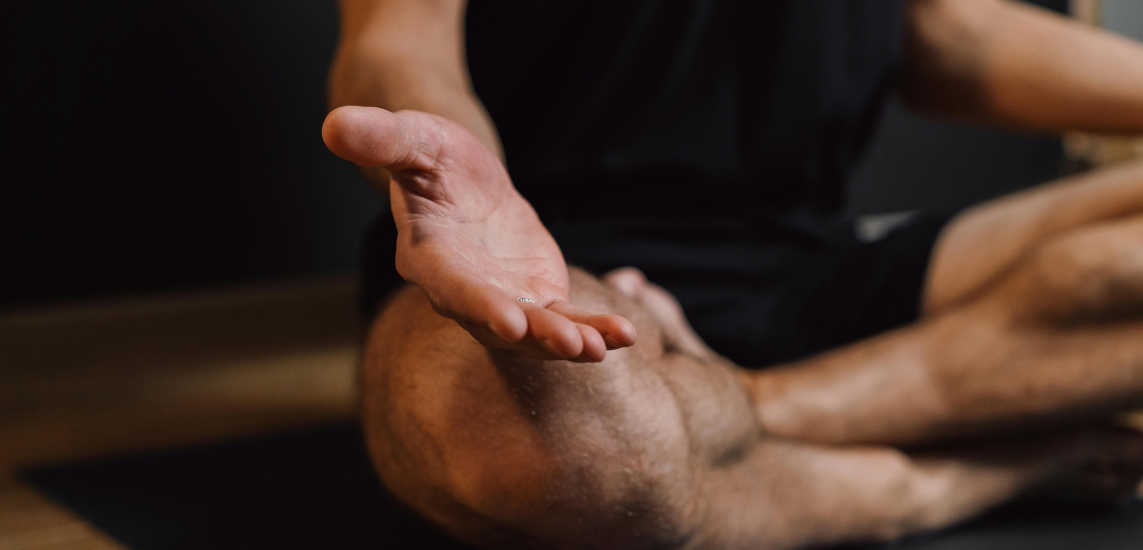Many are familiar with gratitude lists or gratitude journals as a daily or weekly practice. In the psychotherapeutic world, making lists of this type is known as gratitude intervention. As a regular practice, or in moments of depression, stress or anxiety, when we take the time to pause and notice all that’s going well for us, we guide our minds to a more positive state of being. Research shows that it works. This article explores how to start living a life of gratitude besides writing down lists.
Living A Life Of Gratitude Only By Writing Lists & Journals?
Intentionally recognizing gratitude makes us happier, and both psychologically and physically healthier. A 2019 study out of Brazil demonstrated that gratitude interventions increase positive feelings and our subjective sense of happiness and satisfaction with our lives while reducing negative feelings and symptoms of depression.
Those who intentionally recognize gratitude tend to experience greater psychological well-being in general and are more optimistic than their peers. Daily gratitude journaling is correlated with greater recognition of how others contribute to our happiness, greater willingness to ask for help when needed, and more satisfying and close personal relationships.
On a physical level, those who make daily gratitude lists report fewer physical ailments, less stress, and better sleeping habits. These findings ring true for all who keep a daily gratitude list, regardless of age or socioeconomic status. Gratitude, it turns out, is a very powerful virtue.
Read more: Meditation teacher Manoj Dias explores the transformational power of giving thanks for our well-being.
What Makes A Grateful Person?
As a moral virtue, gratitude is less an inborn trait, and instead must be intentionally taught via modeling or cultivated through regular practice until it becomes a habit. Gratitude researcher Robert Emmons describes the grateful person as one who has overcome the tendency to take things for granted, who feels no entitlement to benefits they’ve received, and who’s able to give others contributing credit for the advantages in their life.
For some, creating gratitude lists and journals is all that’s needed to establish an ever-present feeling of gratitude and happiness. Others struggle with positive psychology’s gratitude interventions. To some, making gratitude lists, especially in times of stress or depression, comes across as feigning happiness or glossing over reality. The field of positive psychology is criticized by some for these reasons.
Do feelings and emotions precede behavior, or follow it? For example, when we wait to feel confident before acting, the action most never gets done. Yet when forced to take that same action regardless of our feelings of readiness, confidence arises by way of the action’s completion. It’s by taking the action of a confident person that we find ourselves more confident about stepping forward the next time.
Gratitude works in this same way. We mistakenly believe that we need to feel the right feelings before taking action, but studies show that behavior often precedes emotion. It’s after we act the part, that we feel the part. It’s by taking the actions of a grateful person that we develop the strongest feelings of gratitude.
Read more: When we understand what others are feeling and share in those feelings without being carried away, we’re able to react appropriately to these feelings. Learn why empathy is important.
Embodying Gratitude And Bringing It From The Page To Real Life
We may logically understand that we should be grateful for our family, for example, and so we write that down on our gratitude list. But if we’re struggling with familial relationships the list comes up flat or doesn’t feel quite honest. Instead, what would it feel like to act on a daily basis as a person who was grateful for family?
We would respond to our family with more kindness and compassion, avoid arguments, make more time for family, say yes when they ask for help or make greater efforts to reach out and ask them what they need.
By acting as a person who is grateful for family, our familial relationships change because we change. We embody gratitude through the physical enactment of gratitude.
Moving from writing a gratitude list to a living a life of gratitude might look like the following:
- Gratitude List: I’m grateful to be in a human body
- Gratitude Life: I eat healthy foods, stay hydrated, sleep well, exercise, and rest as a person who’s grateful for their human body would.
- Gratitude List: I’m grateful for my car
- Gratitude Life: I take care of my car, keep it clean, regularly change the oil, and drive patiently and skillfully as someone who’s grateful for their car would.
- Gratitude List: I’m grateful for my job
- Gratitude Life: I show up to my job prepared, I practice joyful effort at work, I’m kind to coworkers, and generally do my best as anyone who’s grateful for their job would.
- Gratitude List: I’m grateful for my relationship
- Gratitude Life: I treat my partner with kindness, compassion, and respect, just as I would like to be treated, and as any grateful partner would.
- Gratitude List: I’m grateful to be alive
- Gratitude Life: I work daily to make the best use of my life and pursue self-improvement to improve the lives of those me.
While a gratitude list is a very good place to start, the physical practice of gratitude further strengthens our feelings of gratitude. As studies show, the person who has fully embodied gratitude is a happier person and happy people are naturally inclined to share their happiness with others.
Gratitude then shifts from being grateful for what you have, to being grateful for what you can give.
In fact, among the defining characteristics of those who are grateful, is that they are more likely to also be kind. Gratitude results from recognition of the kindness one receives from others, while kindness is an offering to others. Grateful people (those who have embodied gratitude) are more inclined to act in a reciprocal manner when they receive kindness or goodwill from others.
Read more: Discover the Yogic wisdom of Ahimsa and learn how to be kind in every aspect of life.
Kindness too contributes significantly to an increase in subjective happiness. The grateful and kind person thus benefits exponentially from the increase in happiness that these two actions promote.
Lay the foundations of living a life of gratitude by including gratitude meditation into your daily routine. Start practicing with these handpicked, popular guided meditations:
- Maintain Perspective And Cultivate Gratitude Lisa Abramson 5:34
- Gratitude Reflection Tony Brady 8:34
- Being Grateful Will Fisher 8:43
- Strengthening Gratitude Oren Jay Sofer 16:02
- Cultivate Inner Gratitude Carolyn Anne Budgell 9:10
- Sensing Gratitude Jennifer Cray 9:04
- Focus on the Positive – Gratitude Practice for Children & Teens Mark Bertin 8:14
Expanding Gratitude To The Good And Bad In Life
As the gratitude – kindness – happiness – gratitude cycle continues, we can work on strengthening and expanding our gratitude. What if we experienced gratitude not only for the positive and beneficial elements in our lives, but for the mundane or neutral, or even for the negative, the hardships, and the people and events who contribute to our suffering?
It’s possible that everything does indeed happen for a reason. It’s possible that our best of circumstances and our worst of circumstances are equally able to point us in the direction of our awakening. Everything we experience, good or bad, can be considered a tool to be used along the path, especially when we’re equally grateful for it all.
Read more: Taking care of your emotional fitness is another aspect of living a life of gratitude. Find out more.
Gratitude As The Path Out Of Suffering
The Buddha tells us our suffering is caused. It’s the experience of suffering that affords us the ability to see there is also a path out of suffering. We can be miserable about the circumstances of our lives, or we can use the circumstances of our lives as tools for transformation through awareness, mindfulness and the active practice of gratitude. A Buddhist practicing gratitude as a verb does so with the intent to plant positive karmic seeds by reacting with gratitude and kindness to all their experiences. The seeds grow to fruition as future positive, happy results.
Aristotle believed that we all have within us a unique peak potential termed entelechy. This potential is shaped, strengthened, and assisted in its growth through the circumstances of our lives. Sometimes we get closer to our potential through hardship, much in the same way a small oak tree is cued to grow stronger by relentless battering winds.
In Thessalonians 5:18 the Apostle Paul says
“Give thanks in all circumstances: for this is the will of God in Christ Jesus concerning you.”
He doesn’t say give thanks in good circumstances, he reminds us to give thanks in all circumstances. Perhaps because everything can indeed be used to teach us something, whether the lesson comes gently or forcefully.
Whether we believe our lives’ circumstances have been sent by God, by karma, or by chance, we can choose to be grateful.
Gratitude interventions by way of lists and journals is one way to cultivate this feeling and start living a life of gratitude. Over time, we can increase our capacity for gratitude through the intentional practice of acting as a grateful person would, even in moments when we don’t yet feel grateful. As gratitude pros, we can extend our capacity for gratitude to life’s toughest lessons. To expand gratitude is to expand kindness, happiness, and positive mental and physical health.




-1.jpg)


